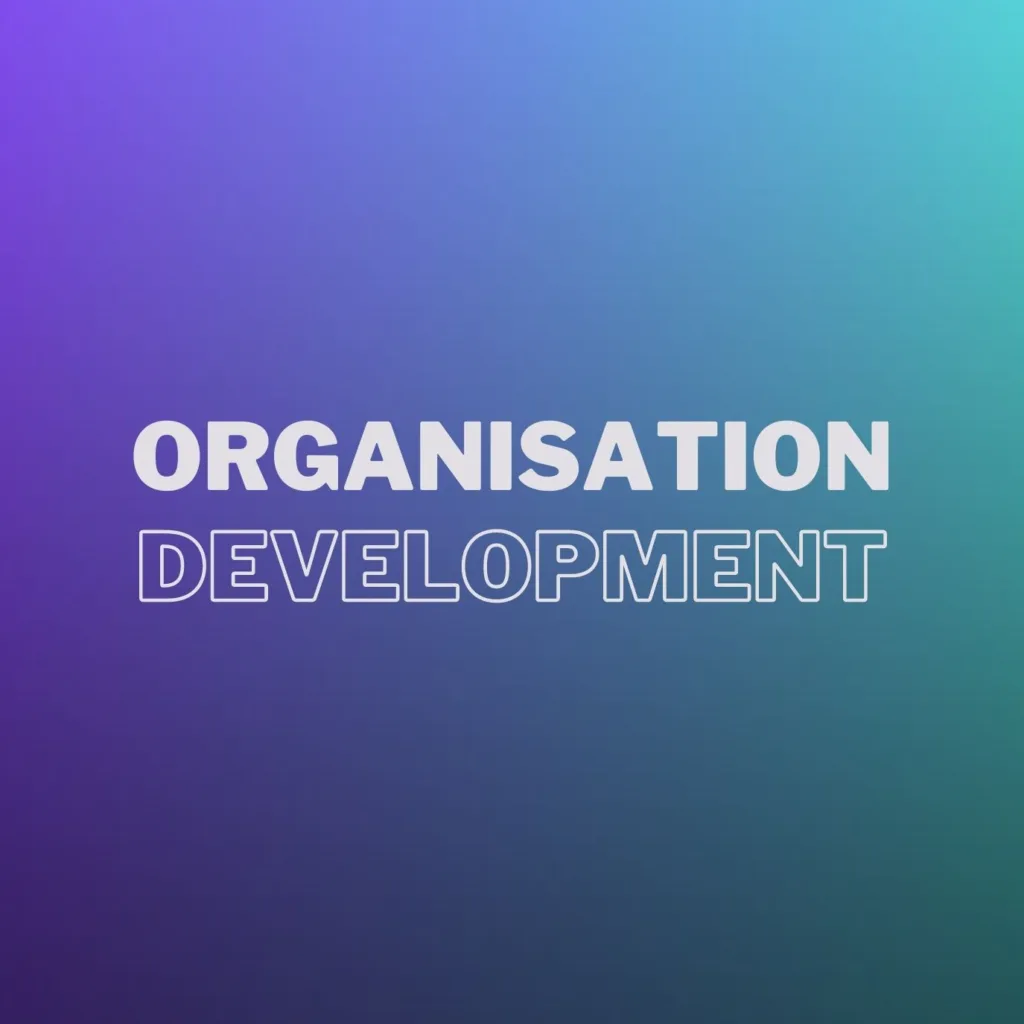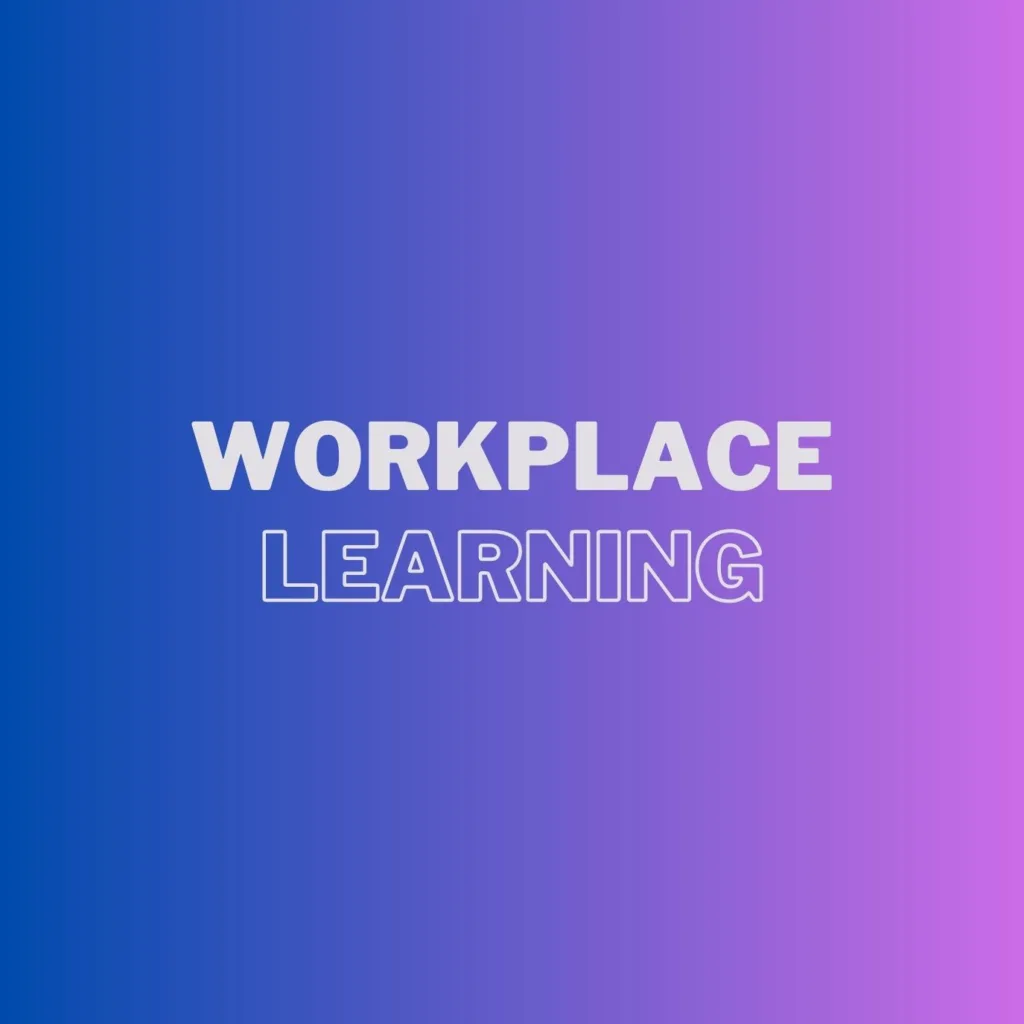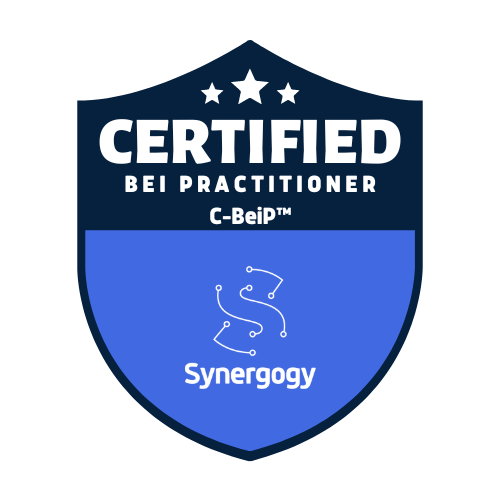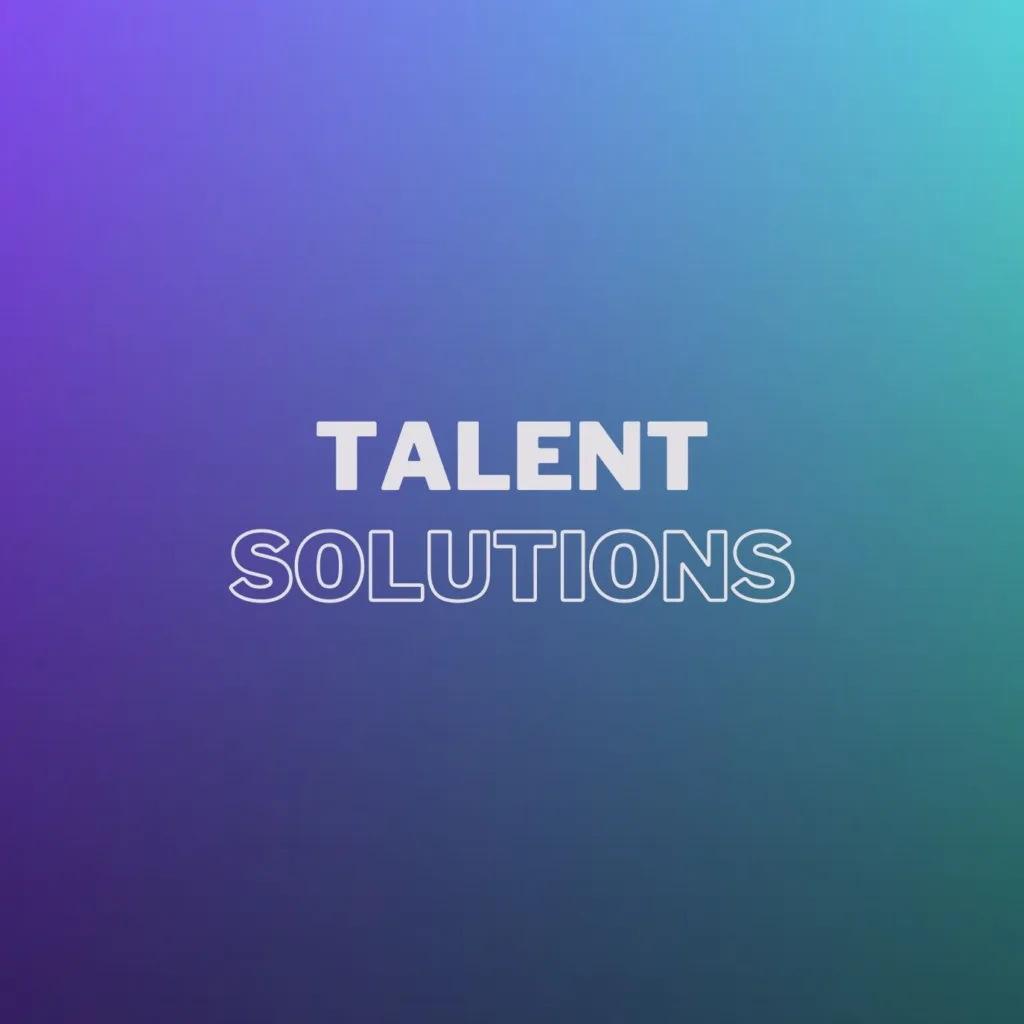Competency-Based Interviewing: An In-Depth Exploration into BEI

Mastering Interviewing Skills Training through the lens of Behavioral Event Interview (BEI) unveils a critical instrument for discerning the most fitting aspirants. This technique, ingrained deeply in BEI’s ethos, metamorphoses hiring skills, focusing on historical actions as precursors to prospective efficiency.
BEI: Transcending Conventional Interview Paradigms
BEI revolutionizes standard interview methodologies, offering a systematic process that meticulously scrutinizes a candidate’s competencies. It delves beyond mere knowledge acquisition, focusing on the practical application of these skills in tangible scenarios.
At its essence, BEI is more than a mere interview tactic; it emerges as a strategic tool devised for a holistic assessment of a candidate’s competencies. This modus operandi surpasses traditional interview tactics by emphasizing real-world application of knowledge and skills. It’s a structured approach that yields a more precise forecast of job performance than conventional interview strategies.
For example, rather than posing hypothetical queries like, “What would be your action in this situation?” BEI concentrates on historical behaviors, prompting candidates to recount actual incidents they have encountered. Such queries may include, “Recount an instance where you navigated a team through a strenuous project. What strategies did you employ, and what were the consequences?”
The robustness of BEI lies in its empirically-based approach. Rather than depending on intuitive judgments or impressions, interviewers base their decisions on tangible exemplars of previous behavior. This methodology curtails biases and furnishes a more impartial evaluation of a candidate’s suitability for the role and congruence with the organization’s ethos.
This approach enables an in-depth probe into the candidate’s real experiences, providing a deeper comprehension of their capabilities in problem-solving, leadership, teamwork, and adaptability. For instance, should a candidate delineate a scenario of resolving team conflict, their conflict resolution skills and proficiency in managing stress can be assessed.
A prime illustration is Google’s overhaul of their interview process to incorporate BEI elements. They discerned that this approach yielded greater insights into a candidate’s capabilities and potential than traditional methods. This shift resulted in enhanced hiring decisions and a better grasp of how candidates might perform in actual job situations.
The Competency Dilemma: Pinpointing Fundamental Abilities
Within the framework of BEI, pinpointing essential competencies germane to the role is of utmost significance. BEI diverges markedly from traditional interviews by necessitating a customized list of competencies tailored to the job’s specific requisites. These competencies may span a spectrum from technical abilities to interpersonal skills like leadership, collaboration, problem-solving, and adaptability.
For example, when recruiting for a project manager role, pivotal competencies might encompass strategic planning, team guidance, conflict mediation, and effective time management. This bespoke approach guarantees alignment of the interview process with the actual necessities of the job.
The genuine efficacy of BEI resides in how these competencies are explored and evaluated throughout the interview procedure. Rather than urging candidates to abstractly delineate their skills, BEI implores them to share concrete, lived instances where they demonstrated these competencies.
Consider Amazon’s leadership principles, deeply embedded in their recruitment process. During interviews, they concentrate on these tenets, asking candidates to furnish real-life exemplifications that exhibit alignment with these principles. This modus operandi assists Amazon in ensuring not only the requisite skills in candidates but also their harmonious integration with the company’s culture.
Crafting Exemplary BEI Queries: A Convergence of Art and Science
A crucial element in BEI is the identification of behavioral indicators for each competency. These indicators are specific actions or conduct exemplifying the presence of a particular skill. For instance, indicators for a competency such as adaptability might include instances of the candidate adeptly navigating change, assimilating new technologies, or modifying strategies in reaction to novel information.
Discerning appropriate competencies presents challenges. It necessitates profound comprehension of the role, the team, and the overarching organizational objectives. Additionally, it is vital to ensure that these competencies are quantifiable and observable in an interview context.
A case in point is the technology sector, characterized by rapid innovation. Corporations like Google and Apple have refined their competency identification processes to concentrate not only on technical abilities but also on innovation, creativity, and the capacity for swift learning.
Developing questions for Behavioral Event Interviewing (BEI) indeed represents an intricate art, necessitating profound insight into both the role in question and the requisite competencies. These queries are formulated to elicit detailed narrations of candidates’ previous experiences, thereby revealing their approaches to challenges, decision-making processes, and interactions in diverse circumstances. Let’s delve deeper with examples for five key competencies.
Leadership: A BEI query for leadership might be: “Could you narrate an episode where you were tasked with steering a team through a complex project? What was your methodology, and what ensued?”
Teamwork: To evaluate teamwork: “Could you detail an occasion when you were a member of a team? What role did you play, and how did you contribute to the team’s triumph?”
Problem–Solving: For problem-solving abilities, a pertinent question could be: “Describe a formidable problem you encountered in a previous role. How did you discern the issue, and what measures did you employ to rectify it?”
Adaptability: In assessing adaptability: “Could you provide an instance when you were required to acclimate to a substantial alteration at work? How did you manage this transition?”
Communication: To appraise communication skills: “Relate an experience where efficacious communication was paramount. What was the context, and how did you ensure your message was transmitted effectively?”
In each scenario, the emphasis is on eliciting specific behavioral proof that illustrates the candidate’s competency in a real-world context. This approach affords a deeper and more precise comprehension of their abilities, transcending what can be inferred from resumes or hypothetical scenarios. By meticulously crafting BEI questions around these competencies, interviewers can glean invaluable insights into the true capacities and potential of their candidates.
Decoding Responses: The BEI Interpreter
Once the interview progresses, the emphasis shifts to dissecting responses. In Behavioral Event Interviewing (BEI), the phase of scrutinizing responses is pivotal. It unveils the profundity of a candidate’s competencies. This analysis extends beyond the superficiality of what the candidate executed in a specific situation; it seeks to comprehend the underlying motivations and thought processes propelling their actions. This deeper discernment is crucial for appraising the alignment of the candidate’s skills and behaviors with the job requisites. Let’s explore response analysis based on the five competencies previously delineated.
Leadership: In analyzing responses about leadership, focus intently on how the candidate depicts their interaction with the team. Did they exhibit empathy and comprehension? How were dissent or conflicts managed? Seek indicators of strategic thinking, decision-making prowess, and the capacity to inspire and galvanize others. For instance, if a candidate recounts leading a project, assess how they surmounted challenges and what their strategy reveals about their leadership acumen.
Teamwork: When appraising teamwork, scrutinize the candidate’s propensity for collaboration and communication within a group. Do they enhance the team’s efficacy, or do they overshadow others? Examine their aptitude for assimilating diverse ideas and resolving team conflicts. A candidate’s narration of a team endeavor should shed light on their role and their contribution to fostering group cohesion and productivity.
Problem-Solving: For problem-solving, delve into the candidate’s strategy for identifying and resolving dilemmas. Look for evidence of logical, inventive thinking and a methodical approach to tackling challenges. Evaluate their capacity for considering various options and their decision-making methodology. Responses addressing intricate situations will not only unveil the solution but also their procedure and adaptability in devising that solution.
Adaptability: In evaluating adaptability, concentrate on the candidate’s receptiveness to change. Did they display flexibility and resilience? Analyze their propensity for learning from new experiences and how swiftly they can adapt to divergent environments or unforeseen challenges. Their accounts of adapting to alterations should reveal their agility and openness to novel experiences.
Communication: In assessing communication, it’s imperative to evaluate the efficacy with which the candidate articulates ideas, heeds others, and tailors their communication style to various audiences. Examine their clarity of expression and their proficiency in comprehending and responding to feedback. The manner in which they describe their interactions in assorted scenarios will demonstrate their adeptness in both verbal and non-verbal communication.
BEI Integration into Your Hiring Strategy: A Comprehensive Guide
Incorporating Behavioral Event Interviewing (BEI) into your hiring stratagem can markedly augment the efficacy and precision of your talent acquisition endeavors. As an adept HR professional specializing in BEI, I advocate for a systematic, phased approach to seamlessly blend this methodology into your existing protocols. Herein lies a detailed guide:
Grasping the Role: Initiate by acquiring an in-depth comprehension of the role you’re recruiting for. This entails scrutinizing the job specification, engaging with stakeholders, and grasping the role’s impact on the organization. For instance, in hiring a software engineer, it’s crucial to recognize the requisite technical competencies, team dynamics, and the role’s contribution to the firm’s objectives.
Competency Identification: Upon understanding the role, pinpoint the essential competencies crucial for success. These should span both technical and soft skills such as leadership, teamwork, and problem-solving. For instance, a marketing manager’s role might necessitate competencies like strategic thought, inventiveness, and digital marketing acumen.
Formulating BEI Inquiries: With the competencies identified, craft specific BEI questions targeting these areas. The questions should prompt candidates to share in-depth anecdotes of their past experiences. For example, to evaluate problem-solving skills, you might inquire, “Narrate an instance where you identified and resolved a complex issue at work. What was your approach, and what ensued?”
Interviewer Training: Prior to BEI implementation, ensure your interviewers are adept in this technique. They should be versed in posing open-ended questions, encouraging candidates to offer detailed accounts, and probing further when necessary. Role-play sessions and practice exercises are invaluable in this phase.
Conducting the Interview: During the interview, concentrate on attentive listening, permitting candidates to unfold their stories. Urge them to provide specifics and pursue with probing questions to delve deeper into their experiences.
Response Analysis: Following the interview, methodically dissect the responses. Look for indications of the competencies you outlined earlier. For instance, in evaluating teamwork, discern if the candidate demonstrates comprehension of collaboration, conflict resolution, and collective objective achievement.
Decision Making: Integrate insights from the BEI with other evaluation methods (like technical assessments or reference checks) to formulate a comprehensive hiring decision. BEI provides an in-depth understanding of the candidate’s historical behaviors, which is a potent indicator of future performance.
Ongoing Refinement: Lastly, perpetually refine your BEI process. Solicit feedback from interviewers and candidates, and adjust your methodology as required. This might entail modifying the competencies, altering questions, or enhancing interviewer training.
Navigating BEI Implementation Challenges
Implementing Behavioral Event Interviewing (BEI) can indeed pose multiple challenges, yet surmounting them is imperative for harnessing its utmost potential in talent acquisition. Let’s delve into these challenges and examine efficacious strategies for their resolution.
Guaranteeing Interview Consistency: One chief challenge is ensuring uniformity in conducting and assessing interviews. Varied interviewers might interpret responses disparately, leading to assessment inconsistencies.
Solution: Standardize the procedure by creating an exhaustive interviewer guide. This guide should encompass specific BEI questions aligned with each competency, a response rating scale, and exemplars of high-caliber answers. Routine training sessions and calibration gatherings can also aid in maintaining interviewer alignment.
Interviewer Training: Effectively instructing interviewers in BEI techniques can prove daunting, especially for those habituated to conventional interview methods.
Solution: Construct all-encompassing training modules encompassing BEI fundamentals, role-play scenarios, and critique sessions. Veteran BEI practitioners might conduct seminars to elucidate the subtleties of posing incisive questions and deciphering responses.
Candidate Familiarization: Candidates might be unacquainted with BEI, potentially resulting in discomfort or unstructured responses during the interview.
Solution: Apprise candidates about the BEI format beforehand. Offer general preparation tips, such as contemplating past experiences that exemplify key competencies. This groundwork can aid candidates in feeling more at ease and providing more structured and pertinent responses.
Time Management: BEI might consume more time than traditional interviews, given the depth of questioning and analysis required.
Solution: Effectively allocate interview duration by concentrating on the most pivotal competencies. Prepare a structured interview agenda and train interviewers to maintain focus and direction in the dialogue.
Response Interpretation: Deciphering BEI responses can be subjective, demanding profound understanding of the role and competencies.
Solution: Employ a panel of interviewers with diverse viewpoints to diminish individual bias. Implement a scoring mechanism to impartially evaluate responses, ensuring all interviewers are in sync regarding the parameters of a quality response.
Integration with Established Processes: Merging BEI with existing recruitment processes can be challenging, particularly in organizations with entrenched hiring practices.
Solution: Initiate with pilot programs in specific departments or for certain roles. Accumulate data on BEI’s effectiveness in these pilot scenarios and utilize the findings to advocate for wider implementation.
Get Accredited in BEI
Become a Certified BEI Practitioner (C-BeiP) – master the skills needed to hire the right talent for your organisation.
Our Services



